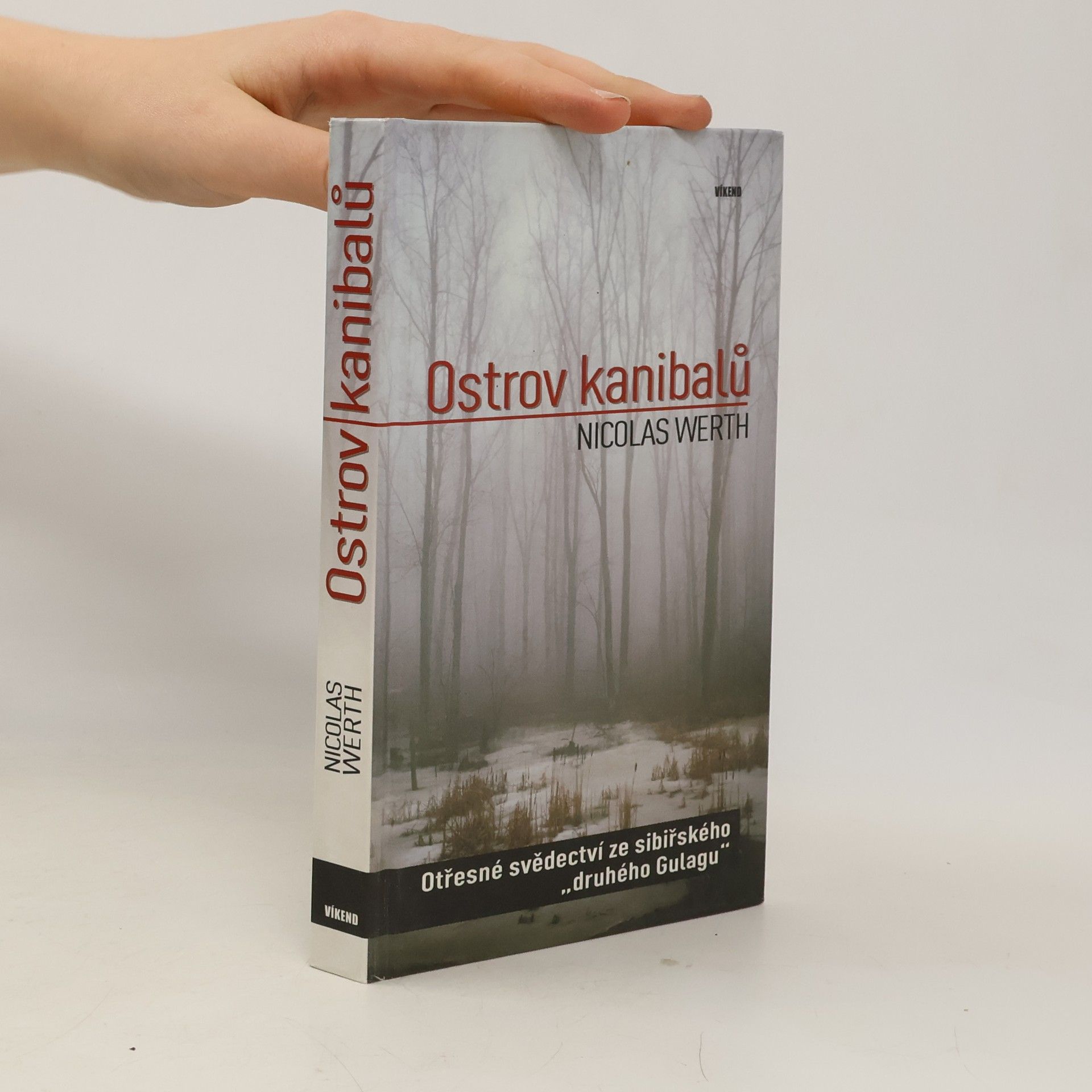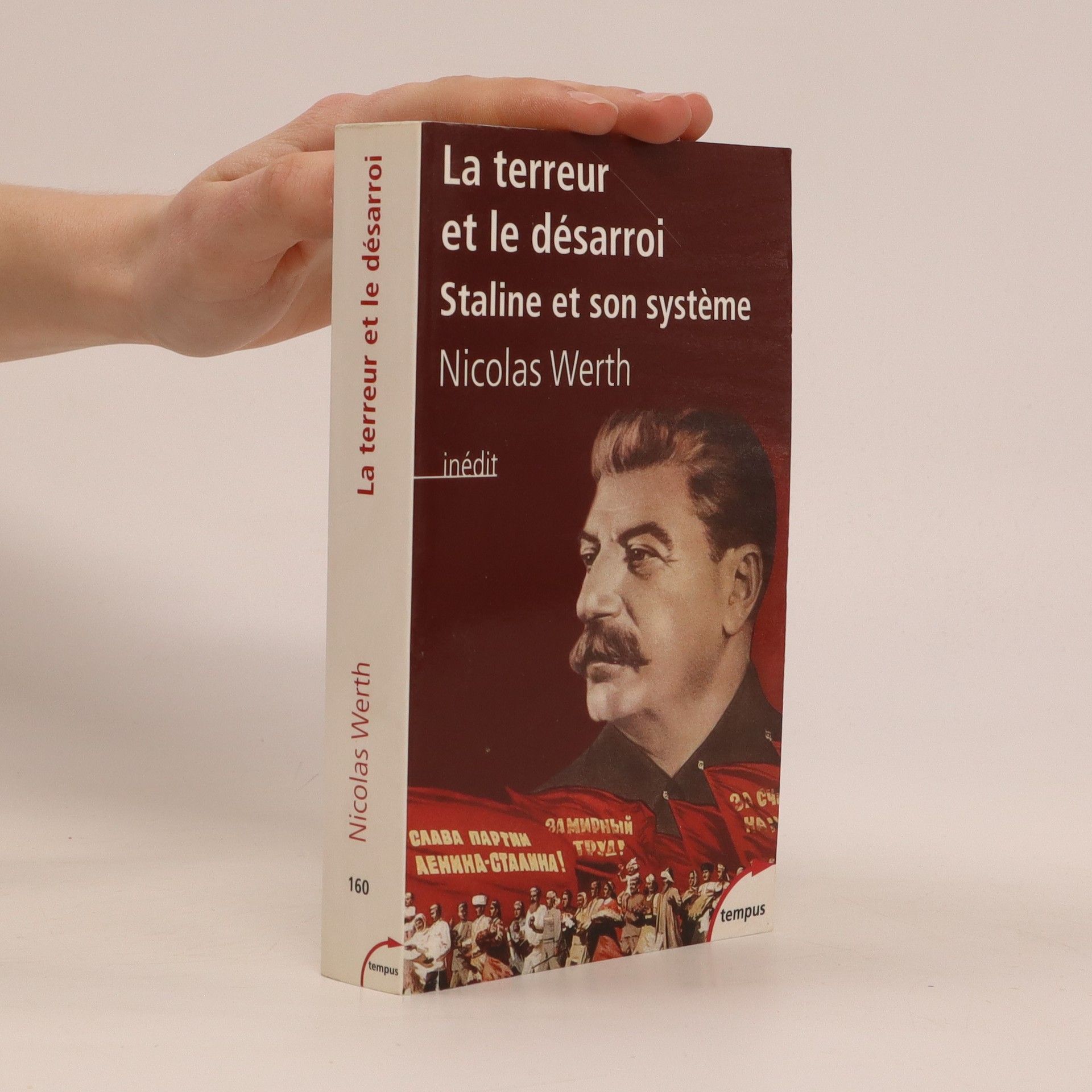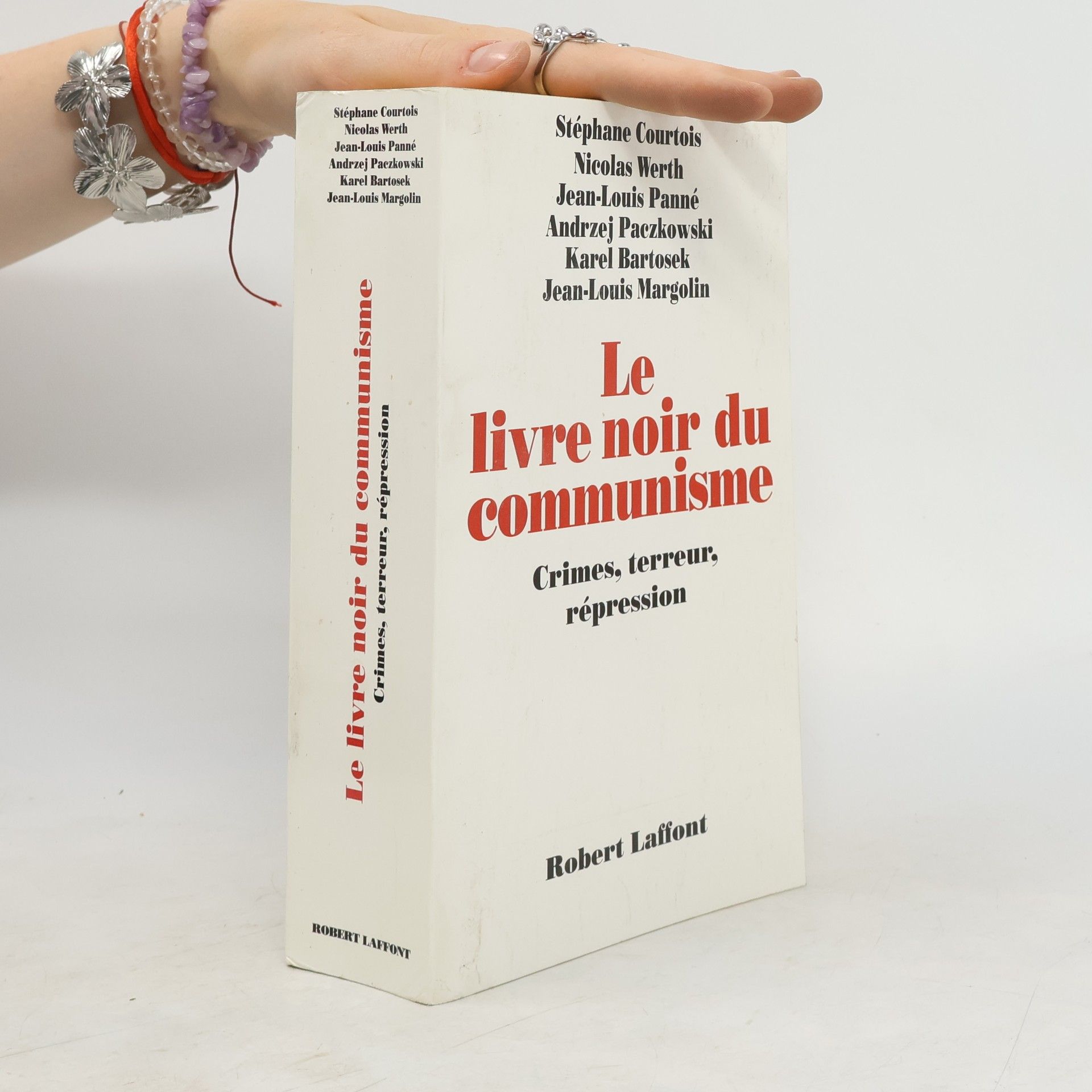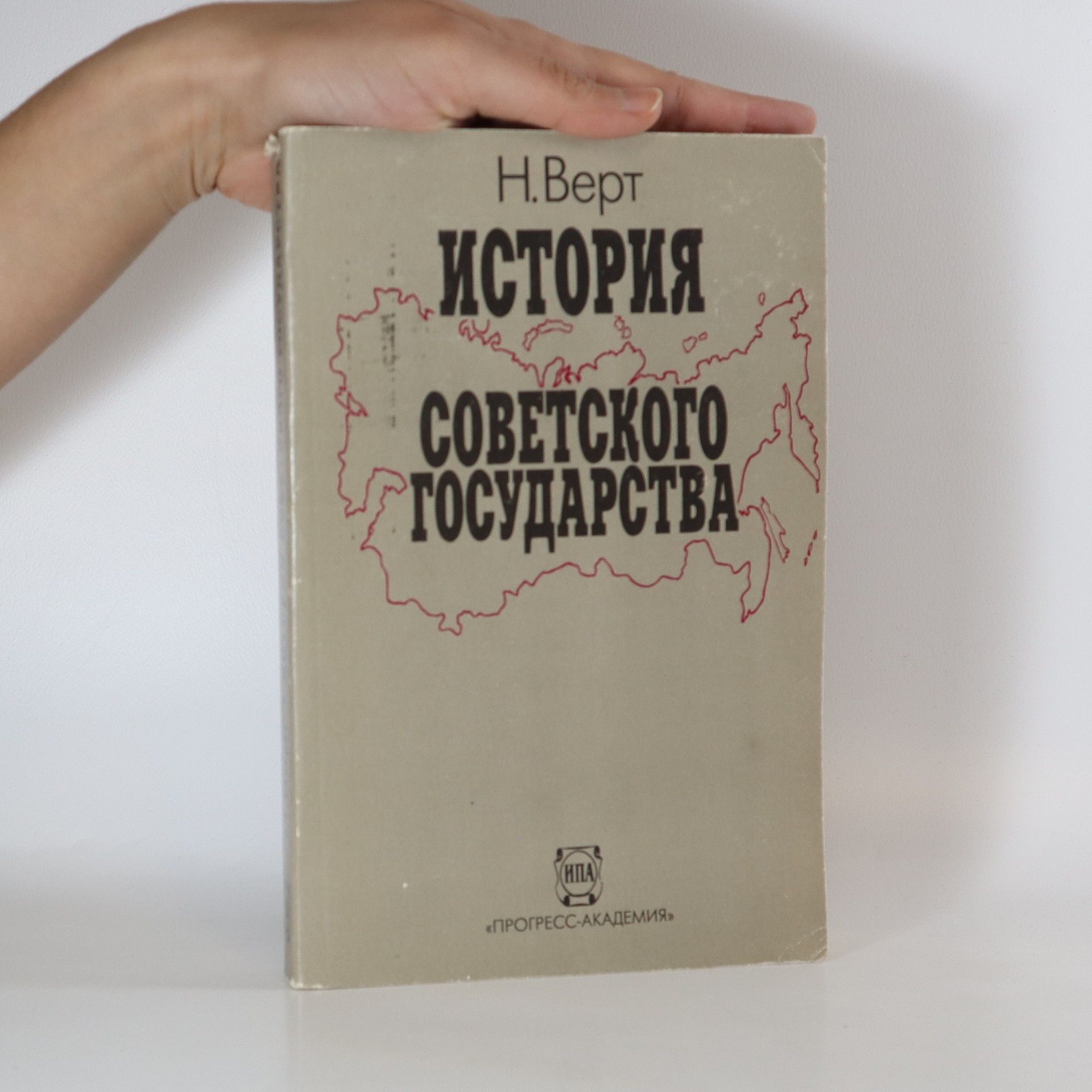Nicolas Werth beleuchtet ein bislang unbekanntes Kapitel der Stalinismus-Geschichte: die massenhaften Deportationen sogenannter 'sozial schädlicher Elemente' auf die Insel Nasino in Sibirien in den frühen 30er Jahren. Während in Deutschland die Nationalsozialisten an die Macht kommen, ordnet Stalin die 'Säuberung der Städte' an, was die Deportation von tatsächlichen und vermeintlichen Regimegegnern zur Folge hat. Diese Menschen wurden aus russischen Großstädten in die unwirtlichen Regionen Sibiriens gebracht und ihrem Schicksal überlassen. Werth erforscht die grausame Episode dieser 'Säuberungswelle' und schildert die Ereignisse auf der 'Insel der Kannibalen'. Tausende wurden auf Nasino ausgesetzt, wo viele verhungerten, während es zu Menschenjagden und Fällen von Kannibalismus kam. Werth stützt sich auf bisher unbekannte Dokumente aus dem zentralen Archiv des russischen Geheimdienstes, das für Forscher oft unzugänglich ist. In diesem vergessenen Gulag zeigt er eindrucksvoll, wie die stalinistische Utopie einer neuen Gesellschaft in einen vorzivilisatorischen Krieg aller gegen alle mündete. Werth, ein renommierter Historiker und Autor des 'Schwarzbuchs des Kommunismus', bringt Licht in diese dunkle Episode der Geschichte.
Nicolas Werth Bücher
Nicolas Werth ist ein französischer Historiker und ein international anerkannter Experte für die Kommunismusforschung, mit einem besonderen Schwerpunkt auf der Geschichte der Sowjetunion. Seine Arbeit taucht tief in die dunkleren Aspekte totalitärer Regime und deren Auswirkungen auf das menschliche Leben ein. Werth analysiert die Mechanismen von Macht, Propaganda und Repression und deckt die Art und Weise auf, wie totalitäre Staaten Gesellschaften geformt und zerstört haben. Seine Forschung trägt zum Verständnis historischer Traumata bei und dient als warnendes Beispiel gegen ideologische Blindheit.







Das >Schwarzbuch des Kommunismus hat den Blick auf das 20. Jahrhundert tiefgreifend verändert. Von den Autoren minutiös recherchiert, zieht es die grausige Bilanz des Kommunismus, der prägenden Idee unserer Zeit. Mehr als 80 Millionen Tote, so rechnen die Autoren vor, hat die Vision der klassenlosen Gesellschaft gekostet - mehr als der Nationalsozialismus zu verantworten hat. Das Buch hat eine beispiellose Kontroverse ausgelöst, denn es beläßt es nicht bei einer Generalinventur des roten Terrors, es benennt auch Mitwisser und intellektuelle Mittäter im Westen: Das Schwarzbuch ist auch eine Unglücksgeschichte jener >willigen Helfer
During the spring of 1933, Stalin's police rounded up nearly one hundred thousand people as part of the Soviet regime's cleansing of Moscow and Leningrad and deported them to Siberia. This work weaves this episode into a broader story about the Soviet frenzy in the 1930s to purge society of all those deemed to be unfit.
Métropole d'une religion de salut temporel, l'URSS de Staline fut un empire, élevé sur les ruines des nations européennes après deux guerres mondiales, et la propagandiste d'un message, apparemment universel, qui fascina des peuples du tiers monde ou des intellectuels, autant qu'il répandit une sorte de terreur partout ailleurs. Nicolas Werth explore les méandres de l'univers soviétique sous Staline. Il montre en quoi le stalinisme, dans la suite logique du léninisme, impose une ligne du parti fixée d'en haut, expérimente une véritable ingénierie sociale et propose aux Soviétiques la vision d'un monde peuplé de forces bonnes - les staliniens - et mauvaises - tous les autres, à noyer dans le sang. Mais cette extraordinaire violence du système ne se nourrit-elle pas d'une frustration permanente à contrôler un corps social éclaté ? Au croisement de l'histoire politique et d'une histoire sociale, cet ouvrage propose une nouvelle manière de penser le stalinisme.
Opilec a květinářka - historie jedné masové vraždy (1937-1938)
- 254 Seiten
- 9 Lesestunden
Historie jedné masové vraždy (1937 - 1938). Nicolas Werth, jeden z nejznámějších odborníků na sovětskou historii, na základě odtajněných dokumentů v archivech sovětského politbyra a NKVD popisuje průběh a mechanismus jednoho z nejstrašnějších státem řízených masakrů obyvatelstva dvacátého století - tzv. Velkého teroru v letech 1937 až 1938. Na základě těchto dokumentů se spoluautor Černé knihy komunismu pouští do zevrubné analýzy masové vraždy, jež zůstávala do značné míry neprobádanou.
K „druhému Gulagu“ lze přirovnat hromadnou deportaci desetitisíců lidí na západosibiřský ostrov Nazin v rámci vyčištění sovětských měst od deklasovaných a společensky škodlivých živlů, naplánovanou a prováděnou v roce 1933. Toto místo se stalo prostorem zvůle a násilí, kde každý měl zbraň, lidský život neměl žádnou cenu, člověk přestal být člověkem a proměnil se v šakala. Nové, nedávno zpřístupněné archivní materiály a svědectví pamětníků přinášejí obraz nezměrného utrpení lidí. Celá akce, která měla přispět k zásadní proměně údajně nepřizpůsobivých občanů a nepřátel revoluce, skončila nezdarem. Kdo byl zodpovědný za útrapy lidí, kteří po tisících proudili do nekonečných sibiřských pustin? Z francouzského originálu L´île aux cannibales, vydaného ©2006 Perrin přeložil PhDr. Václav Drška, Ph.D. Vydání zprostředkováno agenturou Agence de ľEst.
When it was first published in France in 1997, Le livre noir du Communisme touched off a storm of controversy that continues to rage today. Even some of his contributors shied away from chief editor Stéphane Courtois's conclusion that Communism, in all its many forms, was morally no better than Nazism; the two totalitarian systems, Courtois argued, were far better at killing than at governing, as the world learned to its sorrow. Communism did kill, Courtois and his fellow historians demonstrate, with ruthless efficiency: 25 million in Russia during the Bolshevik and Stalinist eras, perhaps 65 million in China under the eyes of Mao Zedong, 2 million in Cambodia, millions more Africa, Eastern Europe, and Latin America--an astonishingly high toll of victims. This freely expressed penchant for homicide, Courtois maintains, was no accident, but an integral trait of a philosophy, and a practical politics, that promised to erase class distinctions by erasing classes and the living humans that populated them. Courtois and his contributors document Communism's crimes in numbing detail, moving from country to country, revolution to revolution. The figures they offer will likely provoke argument, if not among cliometricians then among the ideologically inclined. So, too, will Courtois's suggestion that those who hold Lenin, Trotsky, and Ho Chi Minh in anything other than contempt are dupes, witting or not, of a murderous school of thought--one that, while in retreat around the world, still has many adherents. A thought-provoking work of history and social criticism, The Black Book of Communism fully merits the broadest possible readership and discussion. --Gregory McNamee
'Lenin, wynalazca totalitaryzmu' to książka wybitnego historyka Stephana Courtois. Autora znanego w Polsce przede wszystkim jako redaktora i współautora dwóch monumentalnych dzieł Czarnej księgi komunizmu i Czarnej księgi rewolucji francuskiej. Biografia Lenina wydana z okazji 100 lecia rewolucji bolszewickiej jest wynikiem kilkudziesięciu lat studiów nad komunizmem i myślą jego przywódców. Tak jak Czarna księga komunizmu była reakcją na wybielanie, zwłaszcza na Zachodzie, zbrodniczego charakteru tego systemu, według kalki zły faszyzm - dobry komunizm, tak nowa biografia przywódcy bolszewików, jest w związku z jego wybielaniem i przeciwstawianiem swojemu następcy czyli zły Stalin - dobry Lenin. Biografia napisana jest bardzo żywym językiem. Czuć w niej żarliwość badacza, ale też ludzkie emocje związane z własnymi doświadczeniami autora, który jako młody człowiek sam był uczestnikiem komunistycznego ruchu. Przede wszystkim książka ta stanowi znakomicie udokumentowane studium postaci oraz ideologii i systemu politycznego. Niewątpliwe walory i liczne zalety tej publikacji są oczywiste: własna praca badacza, ekskluzywne materiały, oryginalny punkt widzenia, znakomity język, i niezwykle jasna i precyzyjna narracja. O wartości tej pracy stanowi także kontekst szerszy. Nie przypadkowo ukazała się ona w rocznicę wybuchu rewolucji bolszewickiej. Jest ona próbą odpowiedzi na trwające, czy nawet odżywające fascynacje komunizmem i jego nowymi formami i wcieleniami. Wielu historyków, naukowców oraz spora część opinii publicznej jest dziś gotowa lekceważyć zagrożenia wynikające z nieprzepracowanego do końca doświadczenia komunizmu. Stephan Courtois na pewno do nich nie należy. Pokazuje jego zbrodniczość, antyludzki charakter, totalitarne zagrożenie dla naturalnych więzi społecznych, ale także rolę jednostki, zdeterminowanego przywódcy, i wąskiej grupy zdecydowanej iść na wojnę z otaczającym ich światem. Refleksja Courtois choć mocno osadzona w historii jest przydatna nie tylko dla zrozumienia przeszłych wydarzeń historycznych, ale także bardzo uczula i daje instrumenty dla monitorowania współczesności. Nowa biografia Lenina, nie jest czymś codziennym. W Polsce, być może ze względu na traktowanie pewnych spraw jako oczywiste, powstawanie nowych prac o Leninie nie należało do priorytetów badaczy. W tym miejscu należy przypomnieć i warto pamiętać, że to właśnie biografia pióra Antoniego Ossendowskiego, sprzed prawie już wieku, należała do dzieł zarówno prekursorskich jak i ostrzegawczych.

